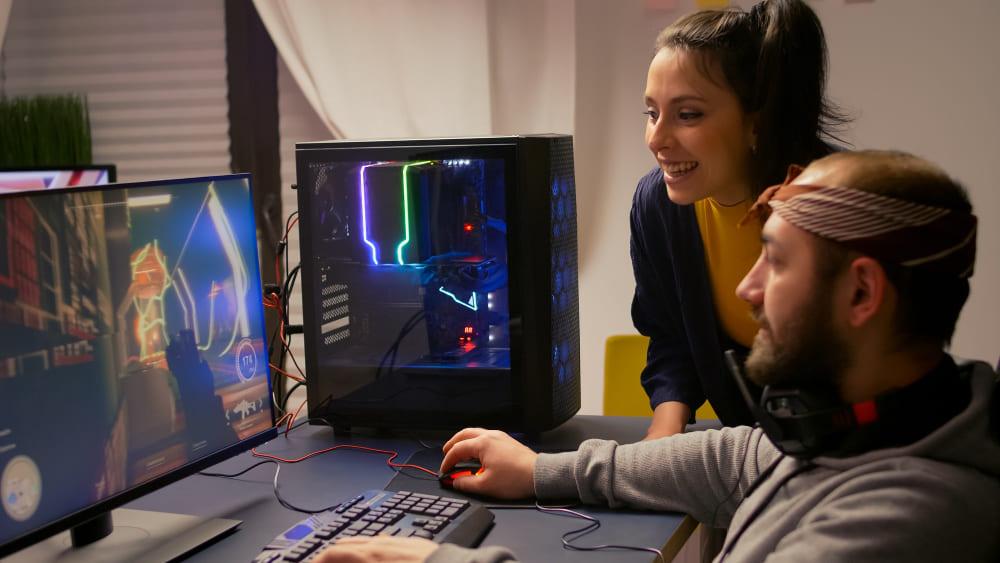Elevate Game Design: The Power of Interactive Progress Graphics

Elevate Game Design: The Power of Interactive Progress Graphics
Elevating Player Engagement Through Visual Progress
In the dynamic realm of video games, player engagement is paramount. Beyond compelling narratives and intricate mechanics, the way progress is visually communicated plays a pivotal role in retaining interest and fostering a sense of achievement. Interactive progress graphics are no longer just a mere display; they are a fundamental component of the player experience, offering immediate feedback and motivation.
Historically, progress tracking was often rudimentary, relying on simple bars or numerical percentages. While functional, these methods often lacked the immersive quality needed to truly captivate players. Modern game design demands more sophisticated solutions that integrate seamlessly into the game world, enhancing immersion rather than breaking it. This evolution reflects a deeper understanding of player psychology.
The shift towards interactive progress graphics represents a significant leap forward. These aren't static elements but dynamic visual cues that react to player actions, reflecting their journey in a tangible and often aesthetically pleasing manner. From evolving maps to character attribute visualizations, the possibilities are vast, transforming mundane data into an engaging narrative element.
Effective implementation of these graphics can profoundly impact player motivation. Seeing tangible, real-time feedback on accomplishments, even small ones, reinforces positive behavior and encourages continued play. This psychological loop is crucial for long-term engagement, turning what could be a grind into a rewarding and visually stimulating experience.
CodeGraphVision recognizes the critical importance of these advanced visual communication tools. We understand that a well-designed progress system can elevate a good game to a great one, transforming how players perceive their efforts and achievements. Our focus is on crafting solutions that are both technically robust and artistically inspired, meeting the high demands of contemporary gaming.
The integration of interactive progress graphics extends beyond mere visual appeal; it's about clarity, accessibility, and emotional connection. A player should instinctively understand their current standing and what lies ahead, all while feeling a deeper connection to their in-game avatar and the world around them. This holistic approach ensures a truly enriching experience.
Key Applications and Benefits
- Quest Tracking Systems: Visually represent quest chains and objectives, showing player advancement through complex narratives. Enhances clarity and reduces player frustration.
- Character Progression Visuals: Dynamic displays of skill trees, attribute growth, or equipment upgrades. Offers immediate gratification and strategic insight.
- World State Indicators: Maps or environmental elements that visibly change based on player actions or global events. Fosters a deeper sense of impact and consequence.
Expert Perspectives on Implementation
Expert opinions widely concur that interactive progress graphics are indispensable for modern game design. Dr. Evelyn Reed, a renowned game psychologist, emphasizes that "visualizing progress taps into fundamental human drives for mastery and achievement. When players see their efforts concretely represented, their intrinsic motivation soars, leading to prolonged engagement." This perspective highlights the deep psychological roots of effective visual feedback.
However, the implementation isn't without its challenges. Some developers argue that over-reliance on flashy progress visuals can sometimes distract from core gameplay or narrative elements. A delicate balance must be struck between providing compelling visual feedback and maintaining the game's overall aesthetic and thematic consistency. Poorly integrated graphics can feel tacked on, diminishing their intended impact.
Another point of contention revolves around customization. While some advocate for highly personalized progress displays, allowing players to tailor their visual feedback, others believe that a unified design ensures a cohesive experience. The debate often centers on whether player agency in customization outweighs the benefits of a curated, streamlined visual language designed by the developers.
From a technical standpoint, the integration of complex interactive graphics requires robust engineering and artistic collaboration. Real-time rendering of dynamic elements, especially across various platforms, presents significant optimization hurdles. Developers must weigh the visual fidelity against performance demands, ensuring that the graphics enhance, rather than hinder, the gameplay experience.
Despite these debates and technical considerations, the consensus leans heavily towards the strategic advantage of well-executed interactive progress graphics. The long-term benefits in player retention, satisfaction, and the overall perception of game quality consistently outweigh the initial development complexities. It’s an investment in the player's journey and emotional connection.
The Future of Player Journey Visualization
Interactive progress graphics are now vital for modern game design, profoundly boosting player engagement and immersion. They make every achievement visually rewarding and every step of the journey meaningful.
For developers, sophisticated progress visualization is a strategic imperative for success. CodeGraphVision empowers creators with innovative solutions for brilliant visual design and intuitive feedback systems.
Chayarak Piriyaphak
This article perfectly articulates the importance of dynamic progress visuals. As a player, I truly appreciate when games make my journey feel tangible and rewarding. It makes a huge difference in staying invested.
Nalinphat Phothichai
While the benefits are clear, I wonder about the resource intensity for smaller studios. Is it always feasible to implement such advanced graphics without significantly impacting development timelines or budgets?
Thanasornchai Chaijaroen
Thank you for your feedback! We agree that tangible progress is key to player retention and enjoyment. It's fantastic to hear that our insights resonate with your personal gaming experience.
Natthawat Wattanasilp
That's a very valid concern. Resource allocation is crucial. Our approach at CodeGraphVision includes scalable solutions designed to be adaptable for studios of various sizes, ensuring quality without prohibitive costs. We focus on efficiency alongside visual impact.